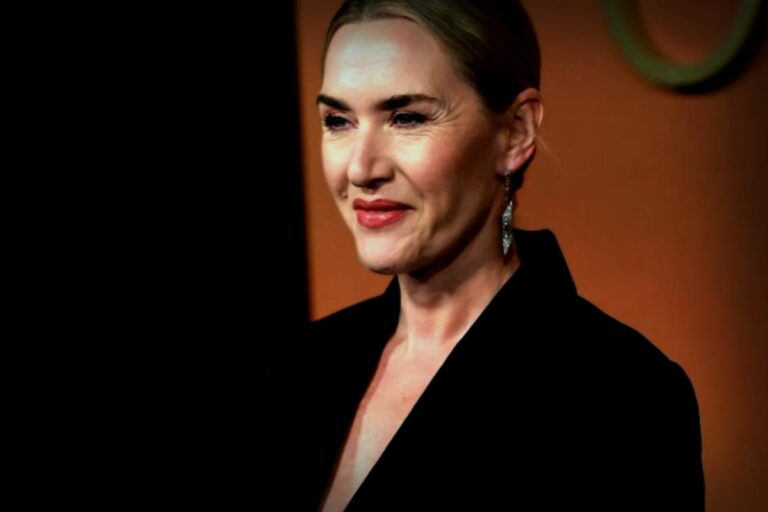So, you’ve set your sights on that elusive million-dollar nest egg for retirement by age 65? You’re not alone—plenty of folks are aiming for this goal, though some may feel it’s out of reach. The truth is, with smart planning and some concrete financial steps, it’s totally doable! Grasping the essentials of what will impact your journey can help you grab the reins of your financial future.
What’s Up in the Financial World?

Let’s talk about retirement savings: the current situation seems to be a mixed bag. According to Investopedia, a surprising number of retirees actually manage to stash away over $1 million. That’s the good news! But, there’s also a downside—many aren’t quite there and miss the mark due to issues like starting their savings too late or not contributing enough throughout their working life.
It’s important to note demographics play a big role here. The Census Bureau lays it out: things like age, earnings, and education can really impact how much you can sock away. Better incomes and education usually lead to better savings habits since these folks often have access to employer retirement plans and know-how to handle their finances.
But let’s not forget about those economic hurdles! Factors like inflation and market ups and downs can make saving for retirement even trickier. With inflation eating into your purchasing power, you might need even more for that comfy retirement you’re dreaming of. Also, market ups and downs may shake your investment funds, underscoring the need for a savvy approach in managing those spacious savings accounts!
Ways to Build Your Wealth

When it comes to growing wealth, starting early and staying consistent with your contributions are key! Thanks to compound interest, even small amounts can grow snowball-like over time. Take this into account: a 29-year-old with $45,000 in a 401(k) may see it blossom to $4 million by age 65, if they keep giving a little extra along the way, according to a fascinating analysis by 24/7 Wall St.—so, just get started as soon as possible!
Diversifying your investments is another smart move. When you spread your money across different types, like stocks, bonds, and real estate, you’re reducing risks and boosting your chances for growth. This way, if one area takes a dive, your portfolio won’t come crashing down along with it.
Don’t forget about employer benefits too! Using options like 401(k) plans with company matches can really pump up your retirement stash. Employer plans often drop some sweet tax perks your way, and if they’re laying down matching contributions—then you’re basically getting free cash right there! It can make a huge difference in hitting that million-dollar milestone.
Getting Past Mental Hurdles

The mindset you carry can play a huge role in your financial path. The insights from the ASCANE document emphasize how mental wellness is linked with solid financial choices. It’s all about being in a space to decide to save and invest. Often, that means tackling emotional blocks and schooling yourself on disciplined spending.
Behavioral finance highlights familiar issues like procrastination and chasing after short-term pleasures that can trip up your savings game. Combatting these pitfalls involves automatic savings plans, articulating your financial goals, and routinely keeping track of where you’re at financially. Cultivating good saving habits can truly shape your retirement prospects.
Knowledge is power! Understanding the basics of finance can break down confusing money matters and promote smarter decisions. Access to education and resources covering financial literacy can fill you with the essential tools to navigate your financial landscape like a pro.
Health and Longevity’s Impact

With life expectancy on the rise, as shared in an article by The Lancet, what does that mean for retirement plans? Simply put, if folks are living longer, they’ll need their savings to stretch wider over more years, which means setting aside even larger sums to keep living comfortably.
Health expenses shouldn’t be overlooked either! As we age, medical bills tend to spike, putting stress on those retirement savings. Planning to cover medical expenses is critical for ensuring financial welfare during your golden years. Plus, think about options such as long-term care insurance to safeguard against surprise medical costs.
Living healthily can potentially cut down on future health expenses while also enhancing life’s quality during retirement. Regular exercise, nutritious eating, and preventive medical regimes can lead to better overall health—helping you stay financially secure as you age.
Rethinking Retirement Plans

Today’s retirement concept is changing drastically as people redefine what it really means to retire. The classic “no more work at 65” is evolving, with folks considering options like part-time jobs or phased retirement. This flexibility allows individuals to keep earning while enjoying more free time, which alleviates some financial strains on their savings.
A flexible retirement plan can make room for life’s unpredictable twists and turns. It’s wise—and a tad comforting—to have a backup that can adapt to changing needs. Regular strategies and reviews can keep your financial plans aligned with your goals and life changes.
Never underestimate the necessity of adjusting your retirement strategy as circumstances change. Routinely reviewing and modifying your savings habits, investment approaches, and overall financial objectives is key to keeping everything headed where you want it to go come retirement time.




















